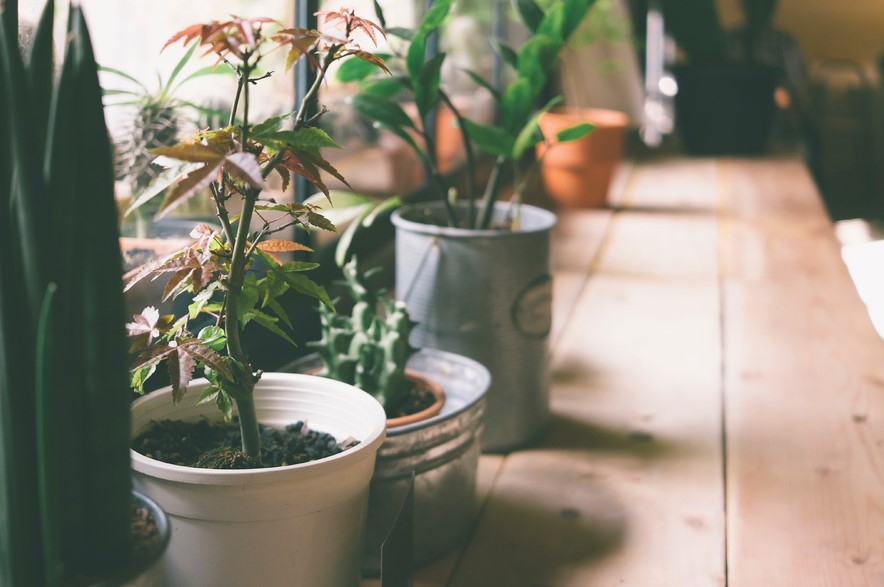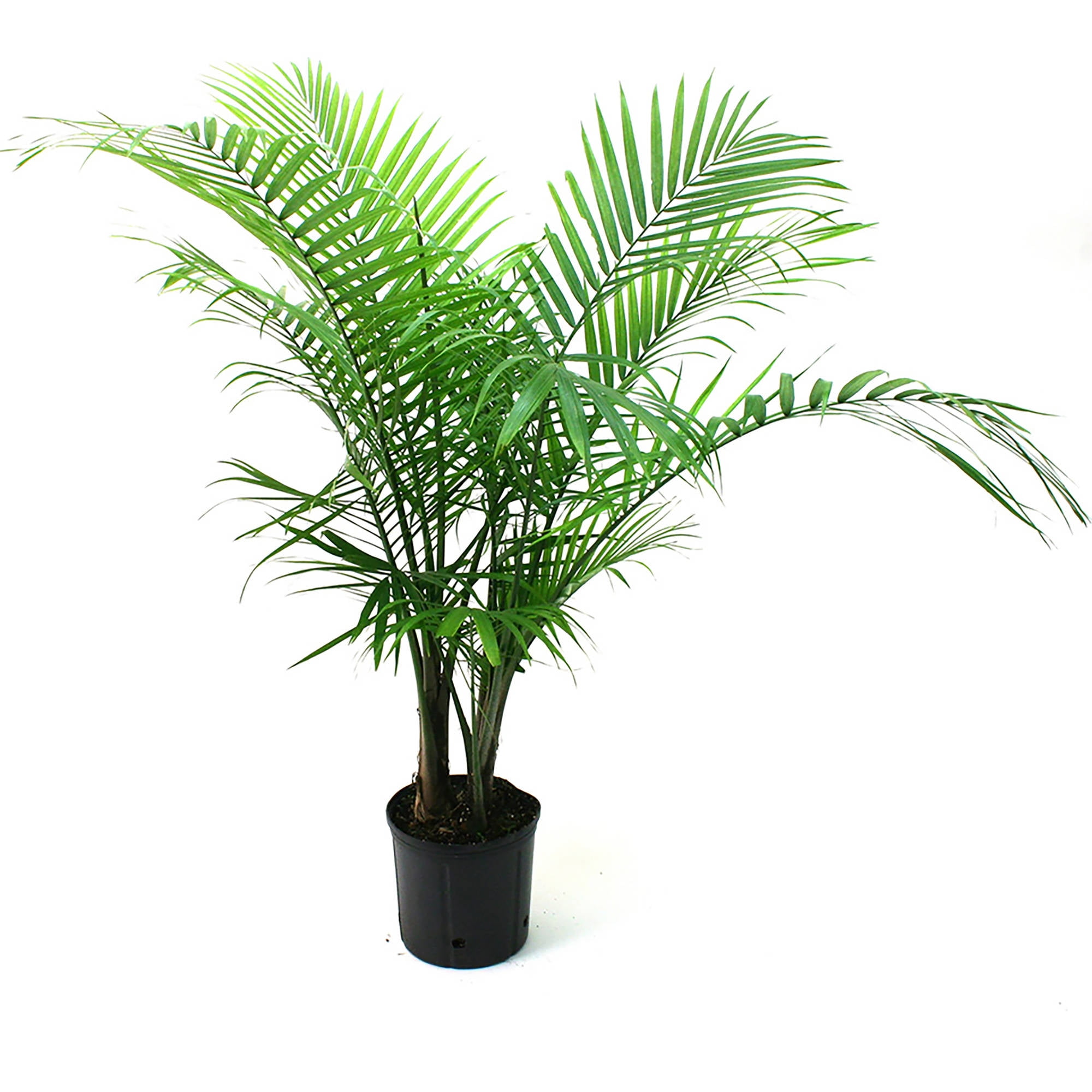
Houseplants not only add color to a room but also infuse life and texture in a room. Indoor gardening can be used to set the mood of a home. You don’t just pick any plant in a local store and put it in your room. One must consider the available space in the room, the duration spent in taking care of the plant. Look at the technical elements of the room, such as humidity, lighting, and temperature levels for good growth performance of indoor plants.
After understanding the purpose and the level of maintenance involved in gardening, you should embark on searching for ideal plants. There are varying kinds and varieties of indoor plants to choose from. Below are some commonly used indoor plants:
- Flowering plants brighten your indoor space. Begonias are colorful with yellow, red, pink, and white flowers. The flowers perform well throughout the year and are one of the low light plants.
- African violets are easily taken care of and require watering after two days. The plants grow under both artificial and natural lighting.
- Philodendrons are also hung or kept in poorly lit sections or room corners.
- Shamrocks are good indoor plants. This is an ideal choice to lighten up your office or house because of possessing white flowers. Shamrocks are among the indoor plants that are easy to take care of. The plants do not need a lot of grooming and can be put in sunny sections.
- The peace lily is an appealing evergreen plant. It is used as a natural air cleaner.
- Another air purifier is the areca palm. This plant improves the curb appeal of your room and removes various pollutants such as xylene found in pesticides, gas, and paint.
- Indoor plants like spider water should not be fertilized and watered too much. Such plants naturally clean the air and grow well in darkness or average lighting. Avoid having snake plants and such a caliber of indoor plants in areas directly exposing the plants to sunrays.
Replacement of Sunlight with Indoor Garden Lighting
Light is a significant element in day-to-day life. The benefits of light are not limited to human life only. Lighting is an integral part of the growth and survival of plants. In plants, lights facilitate photosynthesis and the production of food to facilitate survival. All gardeners should know the duration and intensity of sustainable light in the growth of different plants.
When choosing an ideal location, an indoor garden owner should determine the light requirements of the plant. Different plant varieties need different light levels, ranging from low, medium, and high light. Denying plants adequate light results in the weakening and production of small leaves.
Indoor plants are flexible in that the plants can easily adapt to survive in changing light conditions in a certain surrounding. As a result, the feature allows people to experience the excitement attached to indoor gardens. Lighting impacts plant coloring, food production, stem length, and flower production in plants. Considering that sunlight cannot be stored, research has led to the discovery of special tools for lighting. You can provide enough light for indoor plants by replacing the light from the sun with artificial light. The artificial lighting is ideal for use in greenhouses and indoor gardening.
In urban farming, gardeners must take proper care of the indoor plants. For plants to flourish, you are required to adequately attend to your garden. Some plants require changing of soil annually. Having dead plants in your room makes the room look bad and untidy. It is essential to determine what suits you and the space you wish to use for indoor gardening. Make sure you have the know-how on the best ways of taking care of the various types of indoor plants.



